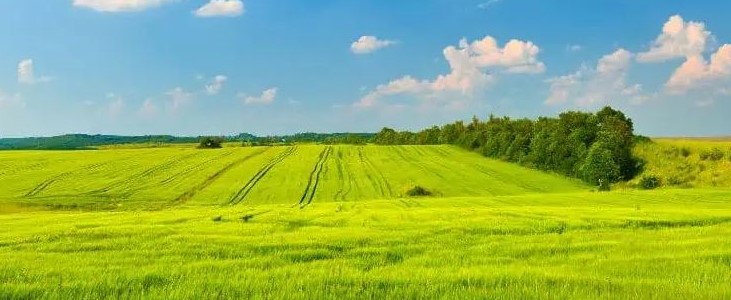17. Land types
Land serves various purposes and is classified into different types based on its use, geography, and ecological characteristics.
Here are definitions for some of the most common types of land:
Urban/built-up land | Urban or built-up land refers to areas that are heavily developed with buildings, infrastructure, and other human-made structures. This type of land is typically found in cities, towns, and densely populated areas and is used for residential, commercial, industrial, and recreational purposes. |
Agricultural land | Agricultural land is used for farming and agricultural activities such as crop cultivation, livestock grazing, and horticulture. This type of land is essential for food production and may vary in fertility, soil quality, and suitability for different types of crops or livestock. |
Rangeland | Rangeland, also known as grazing land or pasture, is open land used for grazing livestock such as cattle, sheep, or goats. Rangelands may consist of grasslands, shrublands, or other vegetation types and play a vital role in supporting livestock production and preserving natural habitats. |
Forest | Forest land is characterised by dense vegetation consisting primarily of trees and other woody plants. Forests provide essential ecosystem services, including carbon sequestration, biodiversity conservation, and water regulation. They are also valuable for timber production, recreation, and wildlife habitat. |
Other types | Other types of land include residential land, commercial land, industrial land, recreational land, coastal land, protected areas (e.g., National Parks, Wildlife Reserves) etc. |

